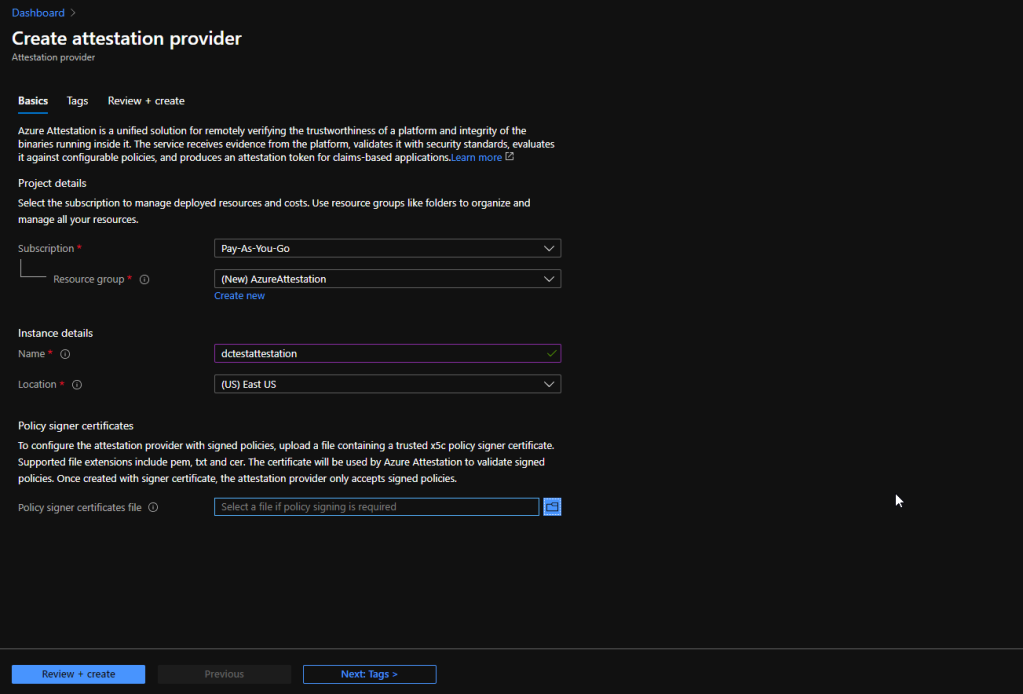Did you know, from first week of Feb 2021, Microsoft Azure Attestation is generally available. Attestation is a free service by microsoft.
Azure Attestation is a unified solution for remotely verifying the trustworthiness of a platform and integrity of the binaries running inside it. The service receives evidence from the platform, validates it with security standards, evaluates it against configurable policies, and produces an attestation token for claims-based applications.
How to setup Azure Attestation




Official MS guide for setting up
https://docs.microsoft.com/en-us/azure/attestation/quickstart-portal
Official MS guide for overview
https://docs.microsoft.com/en-us/azure/attestation/overview
Comments
Post a Comment